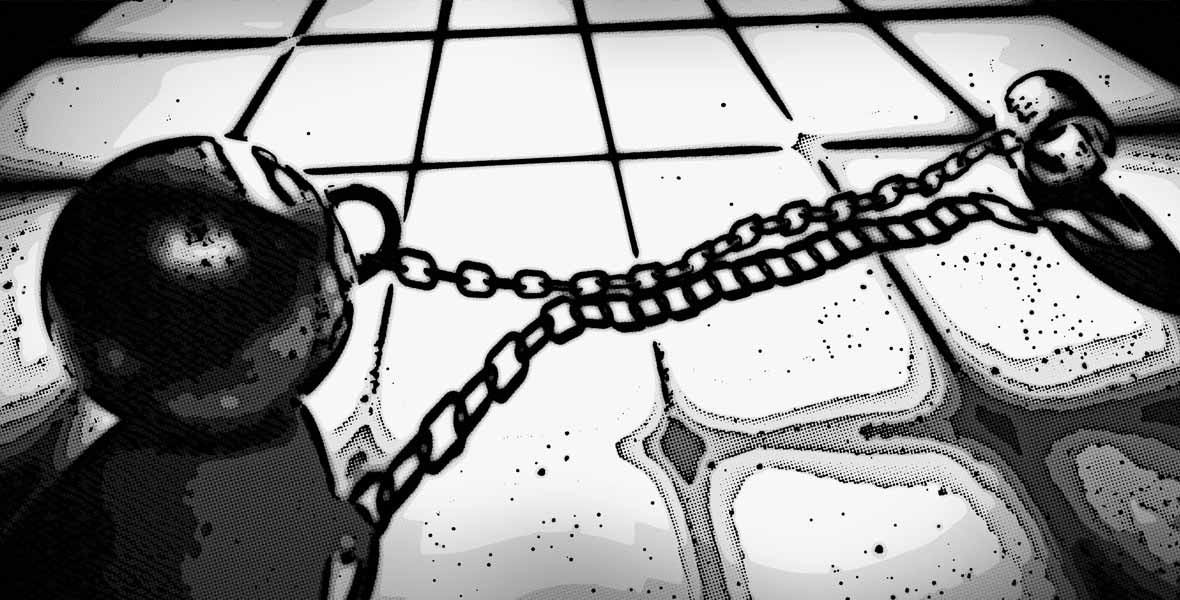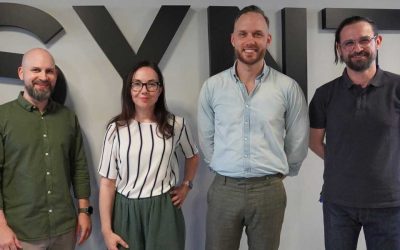
Jason Gould
CHIEF EVANGELIST
The article was originally published on FORBES
On the surface, debt looks to be simple: You borrow, and you pay it back. Organizations may borrow more or borrow less to fulfill obligations to customers, to take opportunities for growth or to help the company through a lean time. Financial debt is reasonably easy to understand as a concept. We may use complex mechanisms for borrowing, but calculating the cost is straightforward: how much will be borrowed, how long will it be borrowed and how much interest will be charged?
There are, however, many other kinds of debt an organization takes on apart from financial debt. Your company may be cash- or asset-rich but may suffer greatly from hidden debt. Debt can hide in your company, and while you may have an idea of what and where it is, calculating its impact can be very hard.
If we look at debt types other than financial debt, we can see how that debt impacts an organization. In this digital world in which we live, we often hear of technical debt, but knowledge debt and organizational debt are discussed much less often.
Technical Debt
Technical debt is defined by the technology system used, its age, its complexity and its fitness for purpose. All these points and more can introduce costs to your organization. Older systems typically need more care and looking after, adding cost. Complex systems are harder to change and can introduce problems when changed.
Typically, over time, with the changing needs of an organization and customers, systems become less fit for purpose. When you change these systems, you introduce complexity, making them even more expensive to maintain over time. This expense is the interest payment on the debt in terms of time and money.
Technical debt, while difficult to quantify, is reasonably easy for us to understand. The others, unfortunately, may be harder to quantify.
Knowledge Debt
Knowledge debt can be defined by looking at how your organization learns and improves over time. Is your staff up to date with the latest ways of working within their field? Are you allowing them time to grow and offering training? How open are you to new ideas? How easy is it to implement change in your organization? This may seem counter-intuitive, but there is a cost to your organization for training. Big change also comes with an associated and quantifiable cost, and this may be the reason why we only make big changes when we must.
When it sets in, knowledge debt can be very difficult to remove if people are set in their ways. It can be very difficult to enable them to change, and the inertia to remain the same can be very strong. Standardization in an organization is what enables scale, and the ability to serve more customers using fewer resources is something we should strive for, but only to a certain point, as we still need to be agile.
Organizational Debt
Possibly the worst type of debt is organizational, as it’s the best hidden and hardest to quantify. When you look at an organization, whether it is a company, a government or even the smallest part of a system, there is organizational debt. This is the organization’s processes and procedures.
Typically, processes are not removed from an organization; more just continue to be added over time. When something goes wrong, an organization might add a process to ensure it doesn’t happen again. Most of these problems are likely one-off issues and unlikely to reoccur, but the time taken to follow that process though is there forever, and all organizations do is add more and more. Companies rationalize this as control and risk reduction.
Let’s be honest — some process is needed. We need to follow regulations. We need the ability to scale. This is provided by following a process. Process for process’ sake, however, kills agility in an organization. Bureaucracy seems to invade everything we do. It’s everywhere and seems to grow daily, stifling our ability to move forward. This is the debt that is normally the most expensive and most difficult to spot.
Embracing Change And Daily Transformation
In any organization, customers should be met in the most efficient manner possible to give them the products and services they need while minimizing the cost of doing that business. The processes your company creates allow that to happen, and employee training needs to be what supports that process. However, this approach doesn’t take into account how competitors may change the way they do business or how customers’ needs change over time. Process is the opposite side of the same coin as innovation, and innovation is stifled by process and the inability to change.
Change is a wonderful thing and should be encouraged, though it should be in the right way, as you still need to scale. The ability to scale and reduce costs versus the agility needed to meet customers’ changing needs is a fine line to walk for any company. One way to address this is by introducing a policy of continuous change, in a way that encourages improvement, with effective measurement of the impact. If you need one example of why you should consider adopting a continuous improvement approach to your organization, just take a look at the size of the digital transformation market. It’s worth trillions of dollars.
Continually assess how your company is performing. Look at the processes your organization follows. Are they still fit for purpose? Are you assessing risk with reality or fear behind your decisions? Encourage your employees to learn and adapt to changing needs to help them to be happier, more dynamic and more engaged.
Once you look at all of these, you might start to see a huge change in your ability to meet business demands. And if you are continuously improving and removing various kinds of debt from your organization, you won’t need to transform with a big bang, as your company will be transforming every day.






